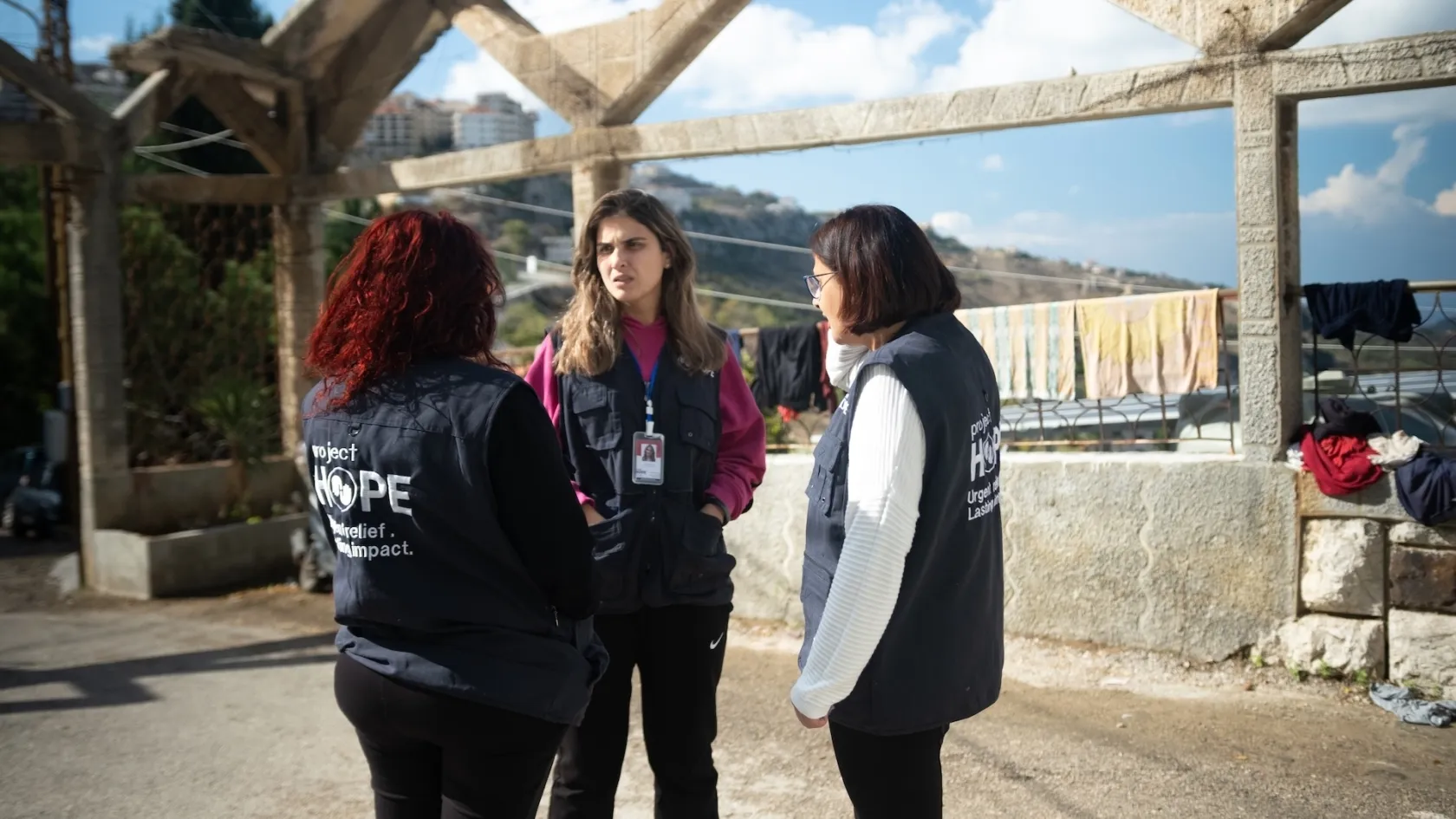Foreign Aid Makes All of Us Stronger

When most people think about U.S. foreign aid, they often imagine big spending in faraway places. But what many don’t realize is just how important this small piece of our federal budget is to keeping Americans safe, healthy, and secure.
Foreign aid represents less than 1% of the federal budget, but its impact far outweighs its cost. In our interconnected world, Americans’ health security depends on our continued investments in health care programs that combat infectious diseases, strengthen local health systems, train health workers, and—ultimately—promote global stability.
Critics often argue that these dollars should be spent at home—but this is a false choice. The argument that U.S. tax dollars are better spent on domestic priorities ignores the fact that global health security and domestic health security are two sides of the same coin. Investments in health care yield dividends at home by preventing outbreaks, reducing health care costs, and protecting the U.S. economy from the disruptions caused by pandemics.
Foreign aid also plays a key role in reducing conflict and preventing instability. In many countries, poverty, lack of health care, and limited opportunities can lead to unrest—and sometimes give rise to dangerous groups that take advantage of the chaos. But if people have access to food, education, and health care, they’re less likely to be pushed toward desperate choices or forced to flee their homes. Foreign aid gives vulnerable communities a vital lifeline and reduces the conditions that foster extremism, displacement, and conflict. It reduces migration pressures and keeps regions more stable—without relying on military force.
Foreign aid represents less than 1% of the federal budget, but its impact far outweighs its cost.
Strengthening health systems abroad also helps prevent costly crises from reaching our shores. The bipartisan President’s Emergency Plan for AIDS Relief (PEPFAR) program provides an incredible example of the power of U.S. leadership. PEPFAR has been credited with saving 26 million lives and effectively transforming the trajectory of the HIV/AIDS epidemic, but it has created positive ripple effects far beyond HIV. PEPFAR-related investments in local health systems, health workers, and supply-chain networks have been shown to correlate to a 35% reduction in child mortality and a 25% reduction in maternal mortality, according to 2022 research by KFF. These investments also played a role in better preparing African nations’ response to devastating Ebola outbreaks, which not only prevented the outbreaks from becoming far deadlier but also protected Americans by reducing the risk of global spread.
Health care programs such as PEPFAR serve as a key pillar of U.S. diplomacy and our own health security. We cannot abandon our commitment to them and to the people whose lives these programs have transformed.

Helping others doesn’t weaken us—it strengthens us. History has shown that when the U.S. shows up in times of crisis, our generosity builds trust, goodwill, and influence. I have seen it firsthand in conflict zones, natural disasters, and communities pushed to the brink. When the U.S. invests in hope, the world notices. That’s good for our national security, our economy, and our global reputation.
Now is not the time for the U.S. to cede our role as a long-standing leader in public health. When we support the global community in fighting diseases, strengthening local health systems, and filling gaps in humanitarian needs, we not only contribute to a healthier world but also enhance global stability and health security.
At a time when there are more conflicts and disasters happening around the world than we’ve seen in decades, our support is more important than ever.
America is at its best when we lend a hand to those in need. By continuing to invest in health and humanitarian programs, we’re not just helping others—we’re protecting ourselves, strengthening our future, and standing up for the values we believe in.
Rabih Torbay is President and CEO of Project HOPE. This article is adapted from an article that appeared in the March 2025 issue of Health Affairs.



